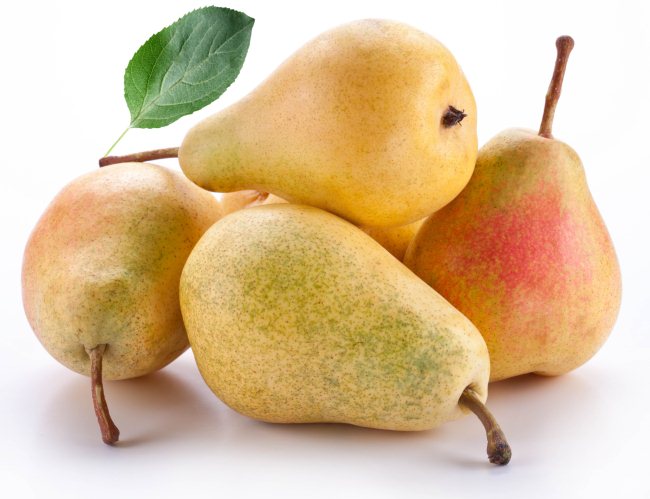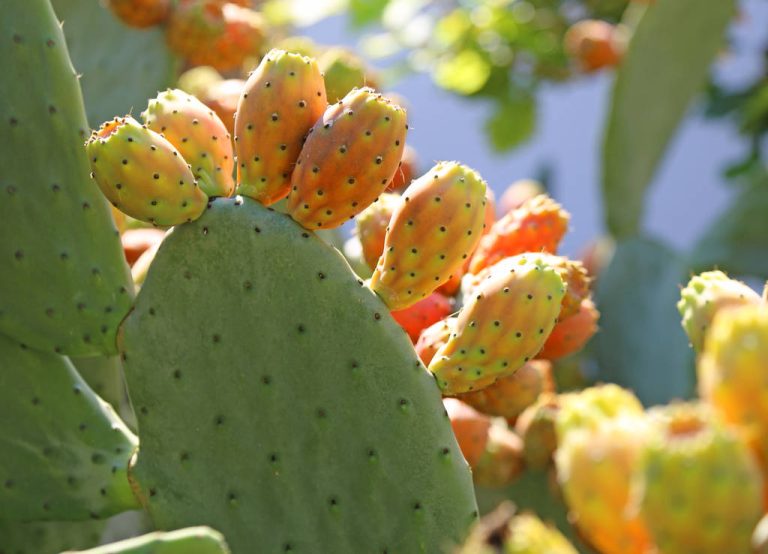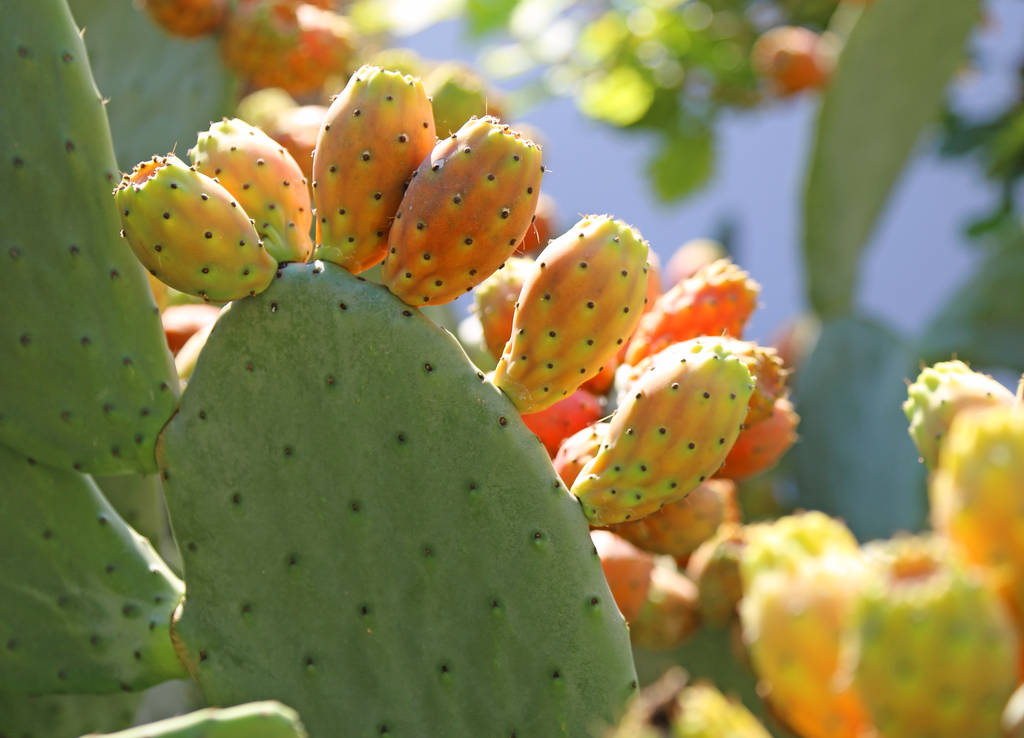Pears are one of our favorite fruits. They come in different sizes, shapes, and colors, but the taste is pleasant, juicy. One word is pears.

- Pears grow in large numbers in the wild in South Asia. From there, a thousand years before our era, they came to the European continent, but to America – only 4 centuries ago.
- With the light hand of Homer, pears began to be called “gifts of the gods”, but the pears themselves were given (donated) to the gods: the Greeks – Aphrodite and Hera, the Romans – Juno and Venus.
- The ancient Greeks saved themselves from motion sickness during sea crossings with the help of pears. They continuously absorbed pieces of these juicy fruits and the manifestations of motion sickness decreased.
- The pear tree is very durable, which is perhaps why the Chinese considered the pear to be a symbol of immortality (Li). Seeing a broken pear was a bad omen. If a person himself damaged a pear tree, even by accident, then his days were numbered.
- Pearwood is very durable. Therefore, furniture and musical instruments are made from it, which retain their appearance for centuries. Since ancient times, pearls have been used to make rulers for architects and engineers, since they are not subject to deformation. Now, pears are used for making kitchen utensils, plates, and mugs. Interestingly, they can be safely washed in the dishwasher.
- The Chinese, when they say “fen li”, means one of two things: to part or share a pear. Therefore, the ancient Chinese superstition says that you cannot share a pear, otherwise separation is inevitable.
- The leaves on a pear branch grow in a strict order, being at an angle of 135o from each other. This gives the pears maximum light and moisture.
- There is such a variety of pears as “Bergamot”, and there are citrus fruits with the same name. It is believed that citrus bergamot got its name from the pear.
- Many peoples consider the pear to be a female fruit, as it resembles a female figure in shape and contains a large amount of vitamin E, which helps women to maintain their attractiveness and youth longer. However, men should not be afraid – pears will have a positive effect on their body, they will not lead to any feminization.
- Surprisingly, a soft, juicy, and sweet pear helps to make teeth stronger. It’s all about trace elements. Pear contains natural calcium and phosphorus, which work together to strengthen tooth enamel.
- The easiest way to pick delicious pears is based on their flavor. Pears should smell very good. If there is no smell or it is unpleasant, then the pears were plucked a long time ago and were stored using a special air-gas environment. They won’t taste good.
- Knowledgeable people can store pears for up to a year. This can be achieved by placing whole, undamaged pears in a single layer in a dark, well-ventilated area without direct drafts. The ambient temperature should be around 0.
- One of the pear varieties has two very popular names: Bartlett and Bon Chretien. They are known in Europe under the name Bon Chretien, and they got their middle name thanks to a pear dealer who, without knowing their name, sold them under his last name Bartlett.
- Pears are considered to be hypoallergenic fruits, but people who react to birch and alder pollen may be allergic to pears.
- Pear fruits contain substances that are close in action to antifungal and antibiotic agents. Therefore, gastroenterologists recommend using the pear separately from other meals – this way it relieves the human intestine of harmful microorganisms and improves digestion.
- Some people cannot tolerate raw pears. In this case, they are advised to consume steamed pears. They retain almost all the beneficial properties but do not irritate the digestive tract.
- One pear contains 20% of the daily value of fiber, 10% of vitamin C, and 6% of potassium.



